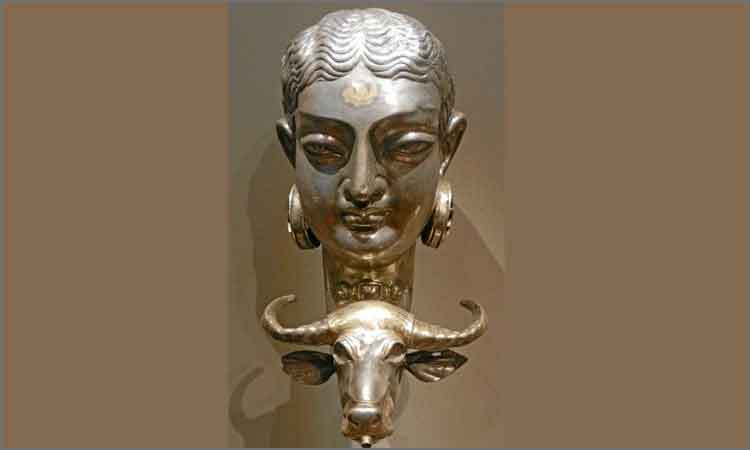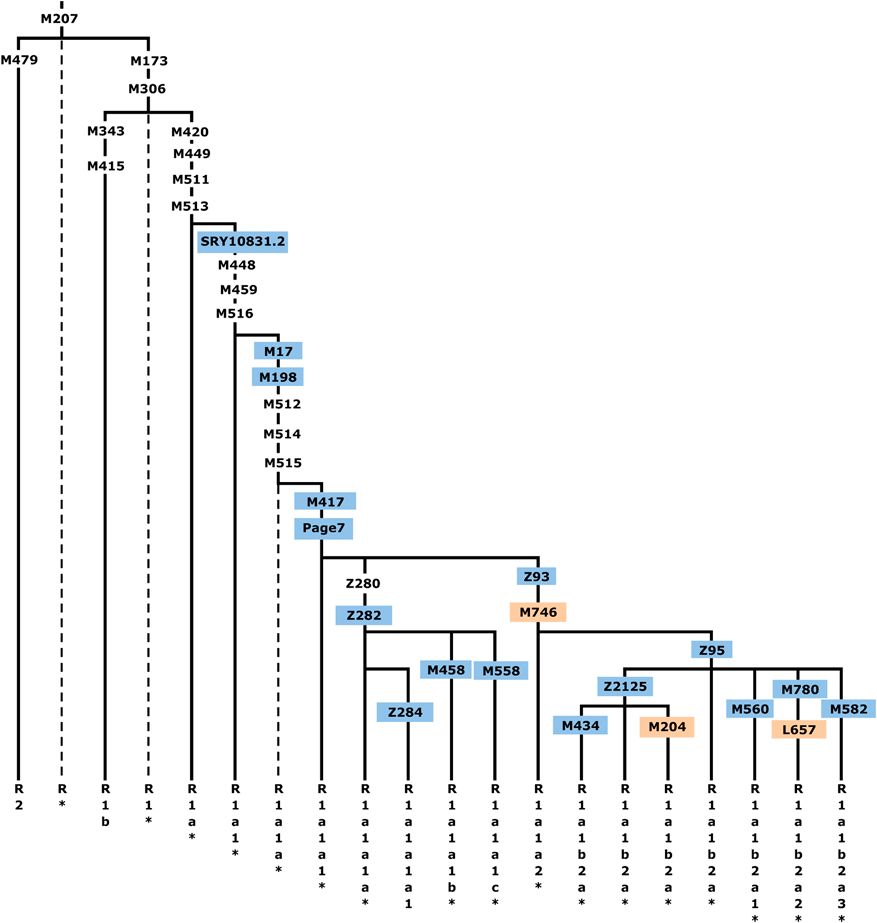Look at this paper which came out last year:
http://www.omicsonline.org/open-access/ ... 000150.pdf
Now if you look carefully at this and the M17 data you will notice something very interesting. It is true that the R1a1a1a frequency is confined mainly to Europe BUT we are the most ancient wrt R1a1a1b (Z93) and M17. Now how can this be? It actually makes perfect sense!In the present study we have extended the field of detection of
haplotype XI/haplogroup R1a subject to other countries previously
uncovered in our preceding articles [9,10]: these countries are mainly
Northern Europe, Georgia and Armenia, Near/Middle East, NorthAfrica,
Iran and Afghanistan, Pakistan and India. We found high
haplotype XI frequencies values in Afghanistan (18.4%), in Iran
(26.5%), in Pakistan (28% and 30.4%) and in India; in this last subcontinent,
the maximal value of 61.3% was found in Punjab.
We have refound in our samples the clear distinction initially
established by Pamjav et al. [21] between Indian Z93 populations and
European Z280 populations: all our South Asian populations are Z93,
while almost all our European populations are Z280. Datations show
that the Z93 Pakistano-Indian group is the most ancient (about 15,5 K
years); in Europe, the Eastern populations are the most ancient (about
12,5 K years) and the Northern ones the most recent (about 6,9 Kyears).
The R1a tree is actually younger than R1b.
If you take a look at this paper you will see something very interesting wrt frequency distribution of R1a1a (M17):
http://www.nature.com/ejhg/journal/v18/ ... 09194a.pdf
Also take a look at abstract:
Migrations out of India into Central Asia occurred which then slingshot into Europe. Somewhere over Central Asia the R1a marker appeared alongside R1b which explains why they possess both. It is IMPOSSIBLE to say that we are recipients of large influx when the oldest Z93 marker is found in Punjab along w/ the oldest M17 marker found in Afghanistan in the Pakhtoon.Human Y-chromosome haplogroup structure is largely circumscribed by continental boundaries. One notable exception to this
general pattern is the young haplogroup R1a that exhibits post-Glacial coalescent times and relates the paternal ancestry of
more than 10% of men in a wide geographic area extending from South Asia to Central East Europe and South Siberia. Its
origin and dispersal patterns are poorly understood as no marker has yet been described that would distinguish European R1a
chromosomes from Asian. Here we present frequency and haplotype diversity estimates for more than 2000 R1a chromosomes
assessed for several newly discovered SNP markers that introduce the onset of informative R1a subdivisions by geography.
Marker M434 has a low frequency and a late origin in West Asia bearing witness to recent gene flow over the Arabian Sea.
Conversely, marker M458 has a significant frequency in Europe, exceeding 30% in its core area in Eastern Europe and
comprising up to 70% of all M17 chromosomes present there. The diversity and frequency profiles of M458 suggest its origin
during the early Holocene and a subsequent expansion likely related to a number of prehistoric cultural developments in the
region. Its primary frequency and diversity distribution correlates well with some of the major Central and East European river
basins where settled farming was established before its spread further eastward. Importantly, the virtual absence of M458
chromosomes outside Europe speaks against substantial patrilineal gene flow from East Europe to Asia, including to India, at
least since the mid-Holocene.
Now it is possible that we were recipients of smaller migrations from central asia later on but this was not enough to significantly alter the gene pool.



